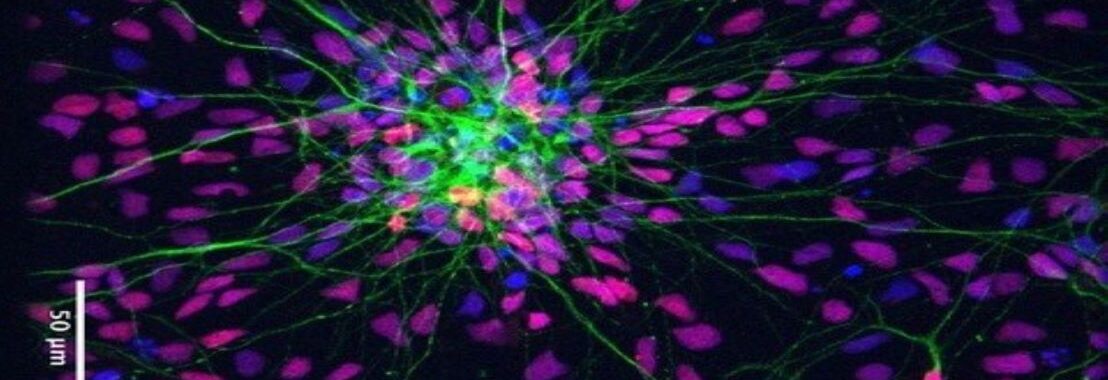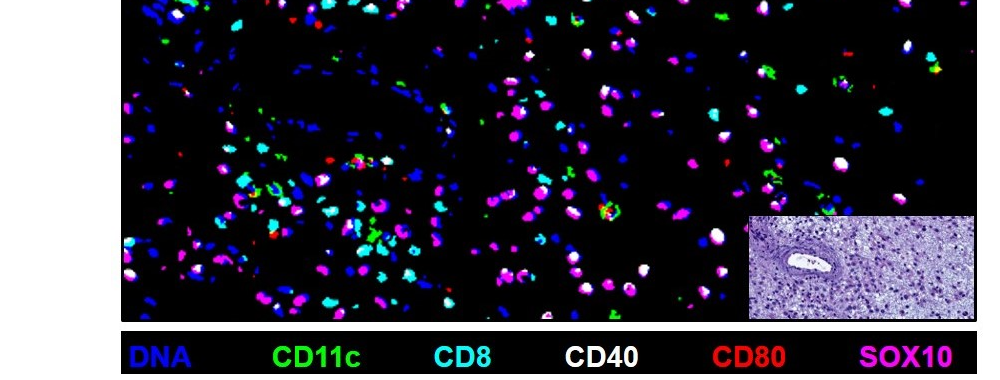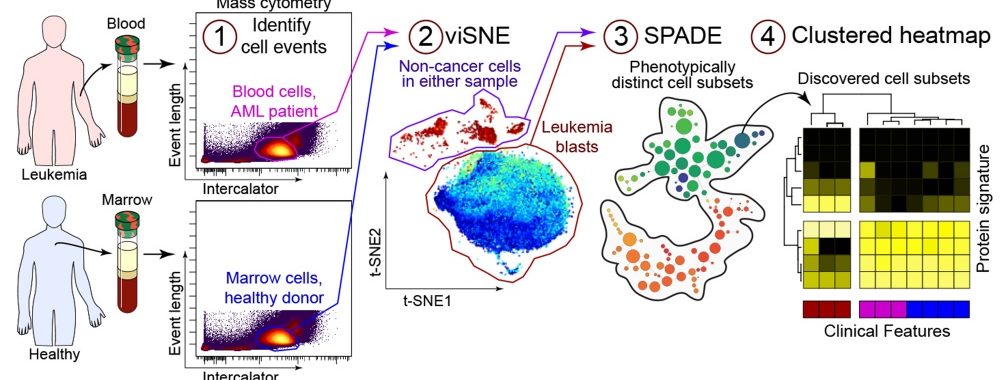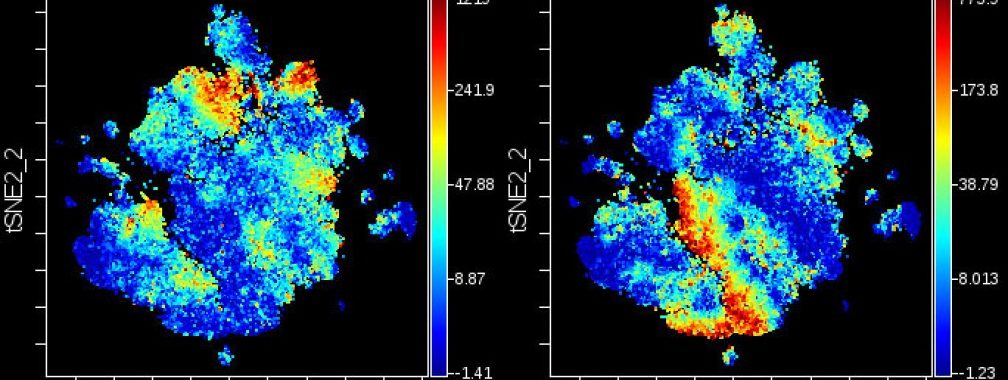Mission of the Program in Cancer Biology
To train new leaders in the field of Cancer Biology that will develop new knowledge that will translate into improved detection, diagnosis, prognosis, prevention, or treatment of cancer.
Research Areas of Emphasis
- Cancer Immunity, host tumor interactions, and angiogenesis
- Cancer Precision Medicine—targeted therapies and drug resistance using mouse modeling, human tumor tissues, and systems approaches
- Bioinformatic analyses of tumor heterogeneity including genome, proteome, metabolome, and immunome components during tumor progression
- Basic Cancer Biology—tumor progression, invasion and metastasis
Steering Committee
Rachelle Johnson, Program Director and Director of Graduate Studies
Justin Balko
Jin Chen
Barbara Fingleton
Tae Kon Kim
Richard Peek
Julie Rhoades
Alissa Weaver
Chris Williams
Keith Wilson




